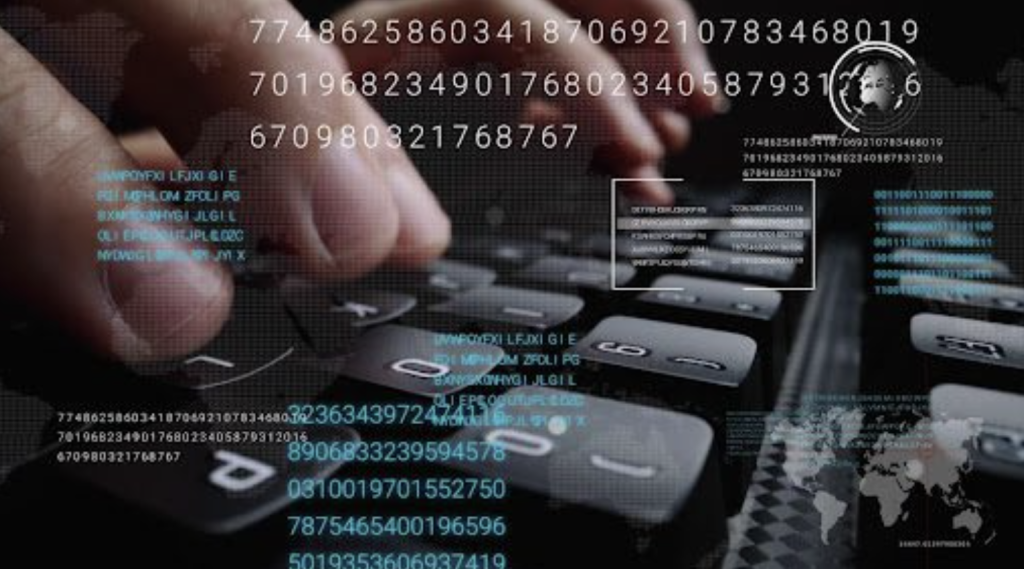In a world where images can contain vast amounts of information, the ability to translate them quickly and accurately has become increasingly valuable. This is where image translation technology comes into play. By converting visual content into text, we can extract meaning, context, and data from images. Whether it’s for business, education, or entertainment, image translation has the potential to change the way we interact with information.
For example, imagine you’re faced with a Chinese restaurant menu but can’t understand a word of it. With image translation, you can take a photo of the menu, translate it into your language, and quickly decide what you’d like to order. This type of technology is revolutionizing how we bridge language gaps in everyday life.
In this article, let’s delve into the workings of image translation, its benefits, and how it’s being used across different fields. Click here to see how Chinese image translation can simplify your next dining experience.
What is Image Translation?
Image translation is a process where software extracts text from an image and converts it into a language you can understand. The technology uses Optical Character Recognition (OCR) to identify and convert the text within images into a digital format. Once the text is digitized, it can be translated into any supported language, allowing users to understand the content without needing human interpreters or translators.
OCR works by scanning the image and identifying shapes that match known characters in a language’s alphabet. The software then pieces together these characters to form words and sentences. Once it has the text, it can then be translated into another language using a translation engine.
Applications of Image Translation
Image translation has applications in many areas, including:
- Education: Students can use this technology to translate textbooks, academic papers, or diagrams from one language to another.
- Healthcare: Medical staff can use image translation to understand foreign-language medical reports or prescription labels.
- Travel: Tourists can translate street signs, maps, or transportation schedules, reducing confusion and making travel smoother.
- Business: Companies with international clients can use image translation to translate contracts, proposals, or marketing materials.
- Communication: Social media and messaging platforms can use this technology to offer real-time image translation, allowing users to communicate more effectively across different languages.
Benefits of Image Translation
The benefits of image translation are far-reaching. Some of the most significant advantages include:
- Accessibility: Image translation makes content accessible to a broader audience, breaking down language barriers and fostering communication.
- Efficiency: By automating the translation process, businesses and individuals can save time and reduce costs associated with manual translation services.
- Accuracy: Advanced OCR technology has improved to the point where it can accurately recognize and translate text from various sources.
- Flexibility: The technology can work with different languages, making it a versatile tool for a range of scenarios.
Challenges and Limitations
Despite its benefits, image translation is not without its challenges. Some of the limitations include:
- Quality of the Source Material: Blurry, faded, or complex images can be challenging for OCR to interpret accurately.
- Language Variability: Some languages have unique characters or scripts that may not always be accurately recognized.
- Context: While the technology can extract text, it may not always understand the context, leading to potential misinterpretations during translation.
The Future of Image Translation
As technology continues to advance, image translation will likely become more accurate and versatile. Improvements in machine learning and artificial intelligence will enhance the ability to recognize complex text patterns and translate them accurately. This will expand the applications of image translation, enabling broader communication and understanding across different languages and cultures.
In the future, we might see image translation integrated into wearable devices, allowing for real-time translation in any environment. This could transform the way we travel, work, and interact with others globally.
Conclusion
Image translation is changing how we understand and interact with visual content. By converting images into text and then into different languages, this technology breaks down language barriers and fosters cross-cultural communication. With its growing applications and benefits, the potential for image translation to make a significant impact is more evident than ever. If you’re looking to benefit from this technology, consider Chinese image translation as a starting point.
James Martin is a passionate writer and the founder of OnTimeMagazines & EastLifePro. He loves to write principally about technology trends. He loves to share his opinion on what’s happening in tech around the world.


